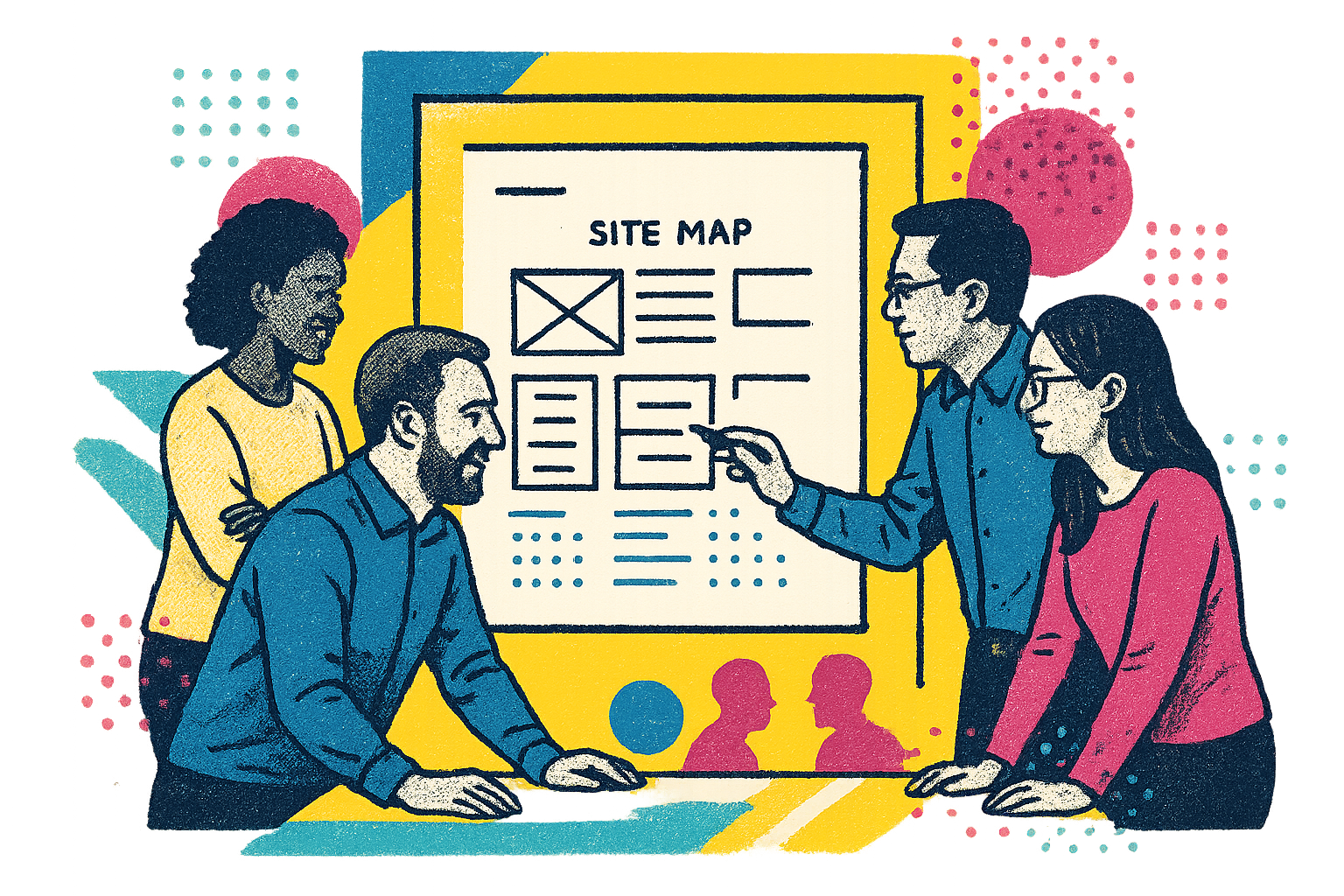
Magento’s June deadline is a call to action
If the number of Magento development proposals we’re submitting to potential clients for a Magento 2 upgrade is an indicator, businesses are getting the message. Support and updates for Magento 1 are ending in June. No more core updates or patches from July.
This doesn’t mean you have to have a new website by the end of June, but you will need one this year. Let’s be realistic – five months sounds like a long time but there’s a lot to do between now and then. Some e-commerce sites are astonishingly complex and need sophisticated planning. Not to mention testing.
It’s true that some third party elements might continue to have some support, but we expect this will also be a short-term offering. It’s time to make a choice about your e-commerce platform – will you step up to Magento 2, or do you need to explore other platforms like WooCommerce or Shopify?
Why is Magento 1 being retired?
It’s reached its natural lifespan. Actually, it’s surpassed it by a long way: Magento 2 has been out since 2015. Adobe (its current owner) was originally planning to sunset its predecessor earlier but in 2018 extended the term to enable its customers to transition.
“We understand that many of our Magento 1 merchants need additional time to make the transition to newer versions of Magento. To that end, our software support policies ensure that those customers have the time and confidence to upgrade when it is right for their business.”
Magento development blog, Supporting Magento 1 through June 2020
Even the most innovative technology has a finite lifespan. Code evolves, the world of e-commerce evolves, and what customers want certainly evolves. Innovative and groundbreaking as Magento 1 was – and it was amazing – the fact is that it now poses risks for businesses and their customers.
How was it groundbreaking? It was the first sustainable, extendable and complex e-commerce system, the like of which hadn’t been seen before. It offered a lot out-of-the-box. It was innovative. It had long term support, as well as a high adoption rate. If you’re interested in how it came into being, read and watch more about the Magento story.
What are the risks of staying on Magento 1, unsupported?
You might have great IT support and robust server. But the reality is that an unsupported platform can’t stand up to hackers. My colleague Lee wrote an article a year or so ago about e-commerce platform security, identifying these threats for businesses that don’t keep up with the housekeeping:
- Your site is attractive to hackers
- Payment partners could terminate your contract
- Data Protection and GDPR.
- Stagnant growth
Is Magento 2 right for your business?
The right answer can only be worked out by assessing your business model, business operations and customer base into consideration. Comparing Magento 2 for use in small or larger e-commerce enterprises, we’ve seen it work well for both.
Ask your developers, but also ask your marketers, your warehouse people, your delivery people, your customer service team… the right e-commerce platform will transform your business. One that isn’t quite the right fit will constrain you.
Behind the scenes, Magento 2 is a heavy-duty tech powerhouse
From your developer’s point of view, Magento Commerce 2 allows for modern coding technology and practices. This means installations, integrations and customisation of the codebase are easier. Third party extensions for bespoke elements are plentiful.
For businesses, releases can be made more confidently and a superior inventory means better stock control for warehousing. Easier content creation that doesn’t rely on tech know-how, and better access to business intelligence.
The front end is slicker and gives a whole new dimension to customer experience, including checkouts (thanks to a Java-based loading). There’s an improved mobile experience straight out-of-the-box. Magento is multi-territory and multi-lingual.
And critically, it allows your business to move forward – this technology is an investment and will take us forward, robustly, into a fast-evolving marketplace. If your business wants to scale, Magento 2 will help it to scale.
Alternative e-commerce platforms to Magento 2
You might be on Magento 1 right now, but this doesn’t mean Magento 2 is right for your business. In the years since your platform was launched, your customer base, your competitors and your business may have changed.
Alternative platforms include WooCommerce (WordPress), Shopify, Salesforce, Drupal… all platforms have their strengths and weaknesses. This is the perfect time to do a proper assessment of your needs and ensure your investment of time and money is the right one.
Summary
- Act now to avoid risks to your business
- Engage with people who can advise you on your options
If your business is looking to upgrade to Magento 2, improve your website, or even needs a complete rebuild, our web development team can help.
James is Door4’s Lead Developer.
Contributing editor Jackie Yeadon. Photo by Markus Spiske on Unsplash
-
 02.05.2019|Your objective is to proactively respond with appropriate security interventions and communications. What’s the first thing you’d do?
02.05.2019|Your objective is to proactively respond with appropriate security interventions and communications. What’s the first thing you’d do?
We have a lot to talk about.
ScrapbookDoor4 opinions and insight - our articles features and ramblings.
We explore performance marketing, AI, communications and optimisation.













